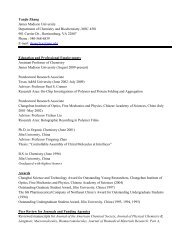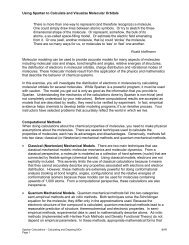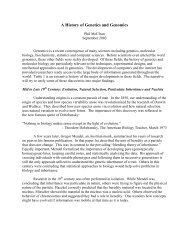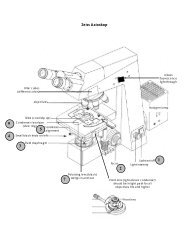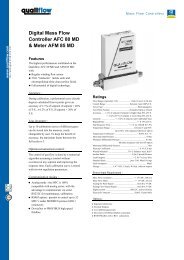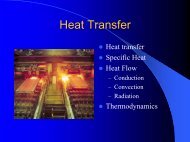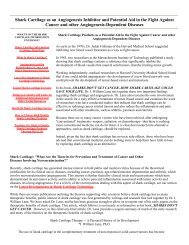KAMLAND pulser
KAMLAND pulser
KAMLAND pulser
Create successful ePaper yourself
Turn your PDF publications into a flip-book with our unique Google optimized e-Paper software.
Kamland Note: Calibration−011107<br />
A Compact LED Light Source for KamLAND<br />
Gerald Przybylski, Herbert Steiner, Fred Bieser, John Wolf<br />
Lawrence Berkeley National Laboratory, Berkeley, CA 94720<br />
November 7, 2001<br />
We have constructed two compact free−running light <strong>pulser</strong>s using Nichia NSHU550E (uv) and<br />
NSPB520S (blue) LEDs to generate pulses having a width, ß, of about 2 ns at a rate of 100 Hz.<br />
Initially they will be suspended from a string or cable, and then used for the initial timing<br />
calibration of the 2000 photomultiplier tubes of the KamLAND detector. A typical pulse shape<br />
is shown in figure 1.<br />
Figure 1: LED light pulse as viewed by two photomultiplier tubes<br />
(a) Hamamatsu R1924 (black) and (b) RCA 8575 (green).<br />
Time scale is 10 ns per division.<br />
Even faster pules (¯100 ps) could be generated with the newly−developed laser LEDs (e.g.,<br />
Nichia NLHB 500X−01), but they are still quite expensive, so we have not yet used them.<br />
The schematic of the driving circuit is shown in figure 2.
Figure 2: Schematic drawing of the LED light <strong>pulser</strong> circuit<br />
The circuit is very compact, with all electronic components mounted on a printed circuit card<br />
about 2 cm x 3 cm in size. At present the pulse rate of our units is about 100 Hz, but it can be<br />
adjusted by varying the resistor (R9) and/or the capacitor (C12). Two small disk−shaped 3−volt<br />
batteries (Panasonic #CR1220−3V) in series, and good for about ten hours of continuous<br />
operation, are used to power the circuit. The batteries can be exchanged easily. Alternatively it<br />
is possible to replace the batteries by a metallic slug, and supply power with an external power<br />
supply. In our battery−driven version both of the diodes D1 and D2 are shorted with pieces of<br />
wire in order to maximize the light intensity. Lower light levels are possible when the diodes<br />
are not bypassed. Of course, with a continuously variable external power supply the LED light<br />
output can be set to any desired level. It is possible to insert the LED into a 3/4" diameter Delrin<br />
diffusing ball to produce a more isotropic light distribution.<br />
The circuit is spring−mounted on a stainless steel plug, which is used to insert and then<br />
hermetically seal the whole assembly inside a hollowed−out acrylic cylinder. A hermetic BNC<br />
connector together with a tethered shorting plug can be used to switch the batteries on and off<br />
from the outside. Externally supplied power can be injected into the same BNC connector via a<br />
coaxial cable. The weight of the unit when submerged in the liquid scintillator is about 50 gm.<br />
Additional weights can easily be attached if desired. Some photos of the <strong>pulser</strong>s are shown in<br />
figures 3 and 4.
Figure 3: Photo of the assembled LED light <strong>pulser</strong>s.
Figure 4: Photo of LED circuit, stainless steel mounting plug and acrylic tube.



